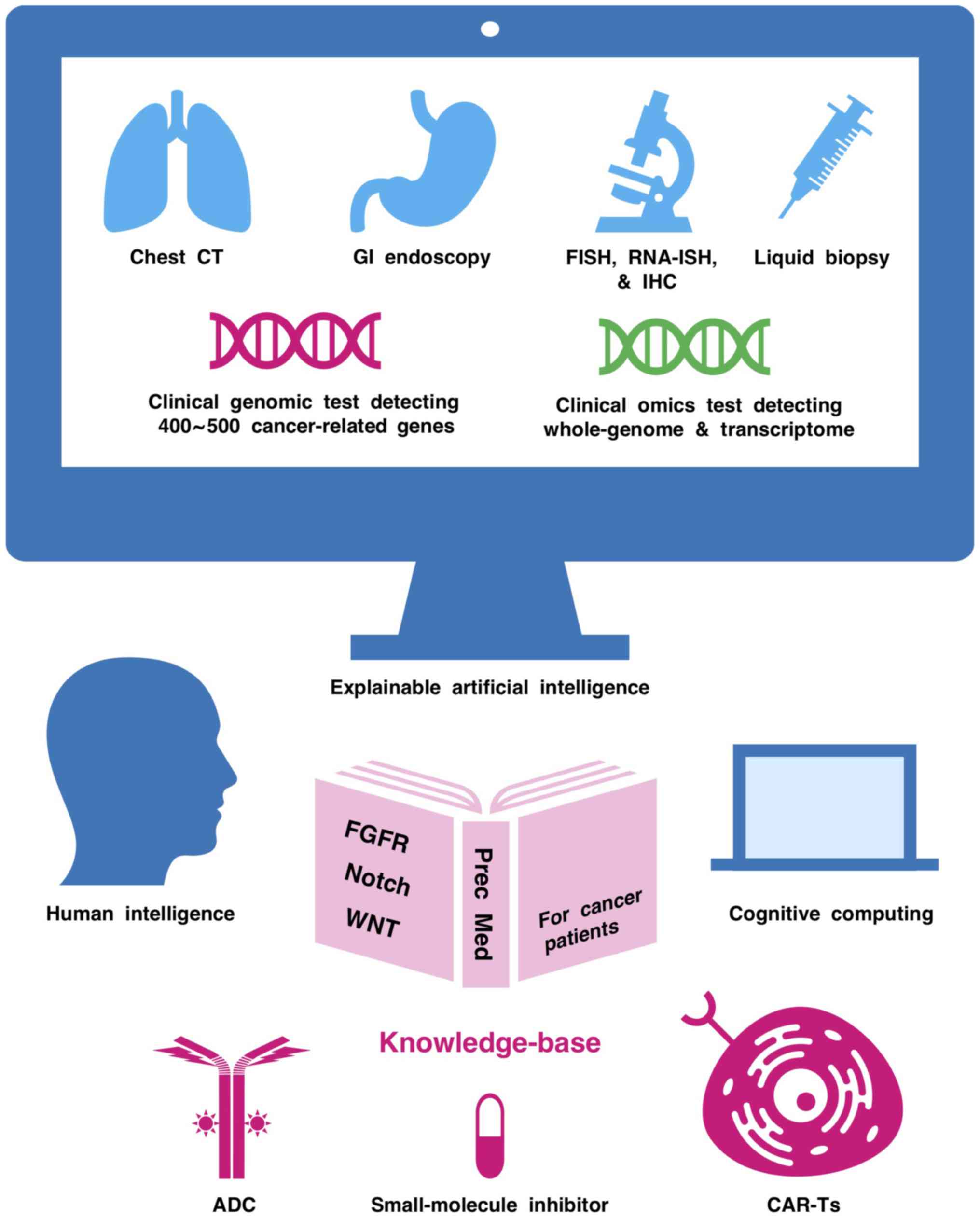Can a PET Scan Detect Cancer in Bones? Unveiling the Truth Behind Advanced Imaging Techniques
When it comes to diagnosing cancer, particularly when it affects the bones, advanced imaging techniques play a crucial role. One such technique that has gai……
When it comes to diagnosing cancer, particularly when it affects the bones, advanced imaging techniques play a crucial role. One such technique that has gained significant attention is the Positron Emission Tomography (PET) scan. But can a PET scan detect cancer in bones? This question is pivotal for patients, caregivers, and medical professionals alike, as understanding the capabilities of PET scans can significantly impact treatment decisions and outcomes.
### Understanding PET Scans
A PET scan is a non-invasive imaging test that helps reveal how your tissues and organs are functioning. Unlike traditional imaging techniques such as X-rays or CT scans, which primarily show the structure of bones and organs, a PET scan provides insight into metabolic processes. This is particularly important in oncology, as cancer cells often exhibit increased metabolic activity compared to normal cells.
### The Role of PET Scans in Bone Cancer Detection
So, can a PET scan detect cancer in bones? The answer is yes, but with some caveats. PET scans are particularly effective in identifying certain types of bone cancer, such as osteosarcoma and metastatic cancer that has spread to the bones from other parts of the body. When cancer cells invade the bone, they often alter the metabolic activity within the bone tissue, which can be detected during a PET scan.

### How Does a PET Scan Work?
During a PET scan, a small amount of radioactive material (tracer) is injected into the patient’s body. This tracer is typically a form of glucose that cancer cells absorb more readily than normal cells. As the PET scan captures images, it highlights areas of increased metabolic activity, which may indicate the presence of cancer.
### Benefits of Using PET Scans for Bone Cancer Detection
1. **Early Detection**: One of the primary advantages of using a PET scan is its ability to detect abnormalities at an early stage, often before they are visible on other imaging tests.

2. **Comprehensive View**: PET scans provide a holistic view of the body, allowing doctors to see whether cancer has spread beyond the bones to other organs.
3. **Guiding Treatment Decisions**: The information obtained from a PET scan can help oncologists tailor treatment plans more effectively, whether that involves surgery, radiation, or chemotherapy.
### Limitations of PET Scans
While PET scans are a powerful tool, they are not without limitations. They may not always distinguish between benign and malignant lesions, which can lead to false positives. Additionally, certain factors such as infection or inflammation can also show increased metabolic activity, complicating the interpretation of results.

### Conclusion: The Importance of Comprehensive Evaluation
In conclusion, the question "can a PET scan detect cancer in bones?" is answered affirmatively, but it is essential to approach this diagnostic tool as part of a comprehensive evaluation process. Medical professionals often use PET scans in conjunction with other imaging techniques, biopsies, and clinical assessments to arrive at an accurate diagnosis. For patients experiencing symptoms related to bone cancer or those at high risk, discussing the role of PET scans with their healthcare provider can be a vital step in the journey towards effective treatment and management of their condition.
By understanding the capabilities and limitations of PET scans, patients can make informed decisions about their healthcare and take proactive steps in their cancer journey.